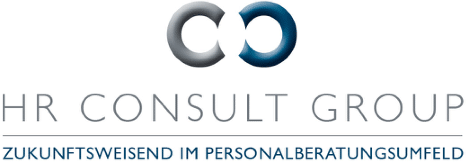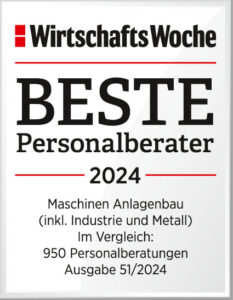Nachdem im VORANGEGANGENEN TEIL dieser Themenreihe die Eignungsdiagnostik für Ingenieure im Allgemeinen behandelt und vorgestellt wurde, widmet sich dieser speziell den ingenieurspezifischen Eigenschaften, also der Frage, ob es Eigenschaften gibt, die einen Ingenieur typischerweise ausmachen. Ebenso stellt sich natürlich die Frage, ob es Eigenschaften gibt und, wenn ja, welche für einen Erfolg in der Karriere verantwortlich sind.
Dabei muss man bei dieser Betrachtung sowohl die Persönlichkeitsmerkmale identifizieren, die über den gesamten Lauf der Ingenieurskarriere stabil bleiben und solche Persönlichkeitsmerkmale, die sich in Bezug auf Alter und Hierarchie extrem entwickeln. Erst dann lassen sich zuverlässige Aussagen über sogenannte typische Ingenieursmerkmale treffen und auch über eine Entwicklung von Merkmalen, die für eine erfolgreiche Laufbahn, einem Aufstieg auf der Karriereleiter, verantwortlich sind.
Grundlage hierfür war der Ansatz nach Persönlichkeitsmerkmalen Ausschau zu halten, die sich über sämtliche Hierarchiestufen hinweg nicht verändern. Das wären dann Merkmale, bei denen sich der Ingenieur sowohl als Starter im Berufsleben als auch als Führungskraft immer noch gleich hoch einschätzt.
Wenn die Hierarchie als Grundlage für einen Vergleich der unterschiedlichen Eigenschaften verwendet wird, wird deutlich sichtbar, dass sich Persönlichkeitsmerkmale, wie beispielsweise Zuverlässigkeit und Kooperationsvermögen, im Laufe der Karriere so gut wie nicht verändern. Aber auch Themen wie Perfektionismus und Einplanung von Störfällen sind Persönlichkeitsmerkmale, zu denen der Ingenieur in seiner gesamten Berufslaufbahn die gleiche Haltung einnimmt.
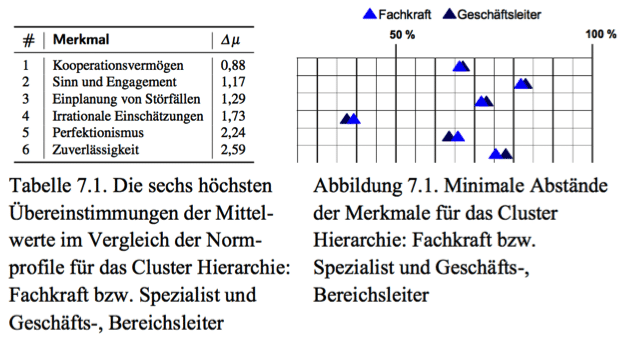
Die Merkmale aus Tabelle 7.1. und Abbildung 7.1. stellen die Entwicklung von der untersten zur höchsten Hierarchiestufe dar, die die geringsten Veränderungen aufweisen. Diese Merkmale werden also durch den Aufstieg auf der Karriereleiter am wenigsten beeinflusst. Somit lässt sich ableiten, dass die aufgezeigten Merkmale diejenigen sind, die für einen Ingenieur – aus dem Betrachtungswinkel des Aufsteigens auf der Karriereleiter, also die zeitliche Entwicklung während seiner Berufslaufbahn – charakteristisch sind, da sie sich nahezu nicht verändern.
Bezüglich der Persönlichkeitsmerkmale
- Kooperationsvermögen,
- Sinn und Engagement,
- Einplanung von Störfällen,
- Irrationale Einschätzungen,
- Perfektionismus und
- Zuverlässigkeit
ändert sich die Einstellung der Ingenieure nicht und der Schluss liegt nahe, dass bezüglich dieser Persönlichkeitsmerkmale das Sprichwort gilt: Ingenieur bleibt Ingenieur.
Auf der Suche nach Perönlichkeitsmerkmalen, die für Entwicklung und Aufstieg auf der Karriereleiter verantwortlich sind, wurde nun nach den Merkmalen gesucht, die über die Laufzeit einer Ingenieurskarriere die größten Veränderungen erfahren. Dazu hat man die Ergebnisse der Ingenieure als Fachkraft, Projektleiter, Abteilungsleiter und Geschäftsbereichsleiter miteinander verglichen. Man stellte fest, dass in den betroffenen Persönlichkeitsmerkmalen eine kontinuierliche Entwicklung über alle Hierarchiestufen hinweg stattgefunden hat, so dass es bei der Darstellung genügt nur die niedrigste und oberster Hierarchiestufe zu betrachten.
Ein Blick auf die Persönlichkeitsmerkmale mit den größten Veränderungen von der untersten zur höchsten Hierarchiestufe zeigt die unten stehende Tabelle mit Diagramm. Beispiele dafür sind Führungsaufgaben oder Verantwortungsbereitschaft.
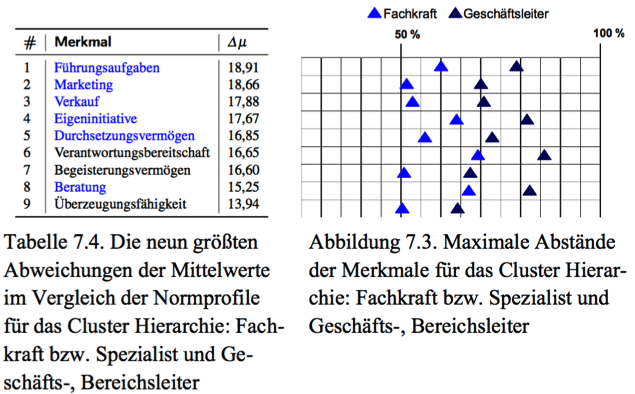
Diese Merkmale (Tabelle 7.4. und Abbildung 7.3.) weisen bei der Entwicklung von der untersten zur höchsten Hierarchiestufe die größten Veränderungen auf.
Zum Beispiel die große Veränderung des Interesses an Führungsaufgaben scheint somit eminent wichtig für die erfolgreiche Entwicklung auf der Karriereleiter.
Somit lässt sich ableiten, dass die aufgezeigten Merkmale diejenigen sind, die für einen Ingenieur – aus dem Betrachtungswinkel des Aufsteigens auf der Karriereleiter, also die zeitliche Entwicklung während seiner Berufslaufbahn – die größten Entwicklungspotenziale bergen, da sie sich am meisten verändern.
Durch Vergleich der Entwicklungsfelder / Potentiale, die aus dem Betrachtungswinkel einer zeitlichen Entwicklung hervorgehen (Cluster „Hierarchie“) und der anderen, zeitunabhängigen Cluster, somit also statischen Unterschiede der einzelnen Normprofile, ergibt sich Folgendes:
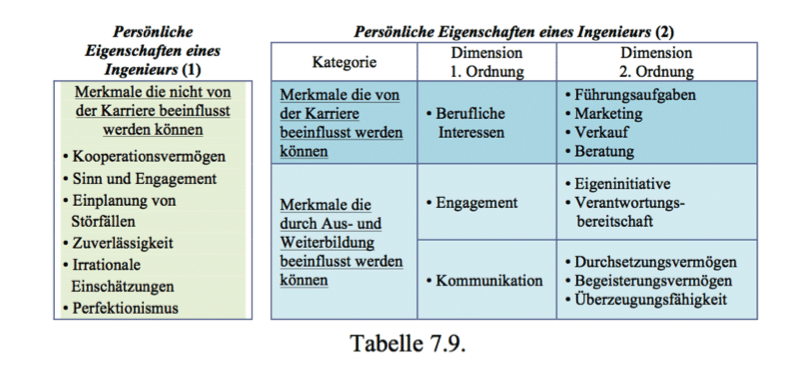
Man kann in Tabelle 7.9. eine Aufteilung in die Dimension 1. Ordnung „Berufliche Interessen“ und die Dimensionen 1. Ordnung „Engagement“ und „Kommunikation“ erstellen. Erstere symbolisiert, wie es bereits der Name andeutet, Interessen. Bekannterweise sind Interessen etwas, das nicht direkt beeinflussbar ist, sondern sich intrinsisch formt und ausgeprägt wird.
Im Ingenieur erwachsen im Laufe seiner Karriere also Interessen, die durch das Aufsteigen auf der Karriereleiter geweckt werden und sich immer weiter entfalten bis hin zum deutlichen Unterschied der Merkmale im Vergleich der Normprofile „Fachkraft“ und „Geschäftsleiter“.
Anders verhält es sich mit den Merkmalen der anderen beiden Dimensionen 1. Ordnung „Engagement“ und „Kommunikation“: Sie stellen solche Gebiete dar, die durch Schulungen und Weiterbildungen verändert werden können. Somit können sie zu einem weiteren Aufstieg beitragen.
Im Rahmen der Personalentwicklung sollten also die Persönlichkeitsmerkmale und Interessensgebiete
- Führungsaufgaben,
- Marketing,
- Beratung,
- Verkauf,
- Eigeninitiative,
- Verantwortungsbereitschaft,
- Begeisterungsvermögen und
- Überzeugungsfähigkeit
besonders hervorgehoben, behandelt und weiterentwickelt werden.
Zusammenfassend lässt sich festhalten, dass für einen erfolgreichen Werdegang nicht nur die gleichbleibenden Persönlichkeitsmerkmale wichtig sind, sondern auch die Merkmale, die sich während der Karriere weiterentwickeln. Erst wenn beides berücksichtigt wird maximiert sich die Chance auf eine erfolgreiche Laufbahn als Ingenieur.
Der nächste Artikel zum Thema Eignungsdiagnostik behandelt die Norm- und Best-Practice Profile. Diese werden für die Spiegelung von jeder Eignungsdiagnostik benötigt. Wissen Sie, wie Normprofile und Best-Practice Profile verglichen werden?
Bildquelle:
Betz, Armin: Eignungsdiagnostik im Praxiseinsatz – „Ingenieur bleibt Ingenieur“, Deutsche Nationalbibliothek, 2015, S. 165, 169, 174, ISBN 978-3-00-052093-8
About the author
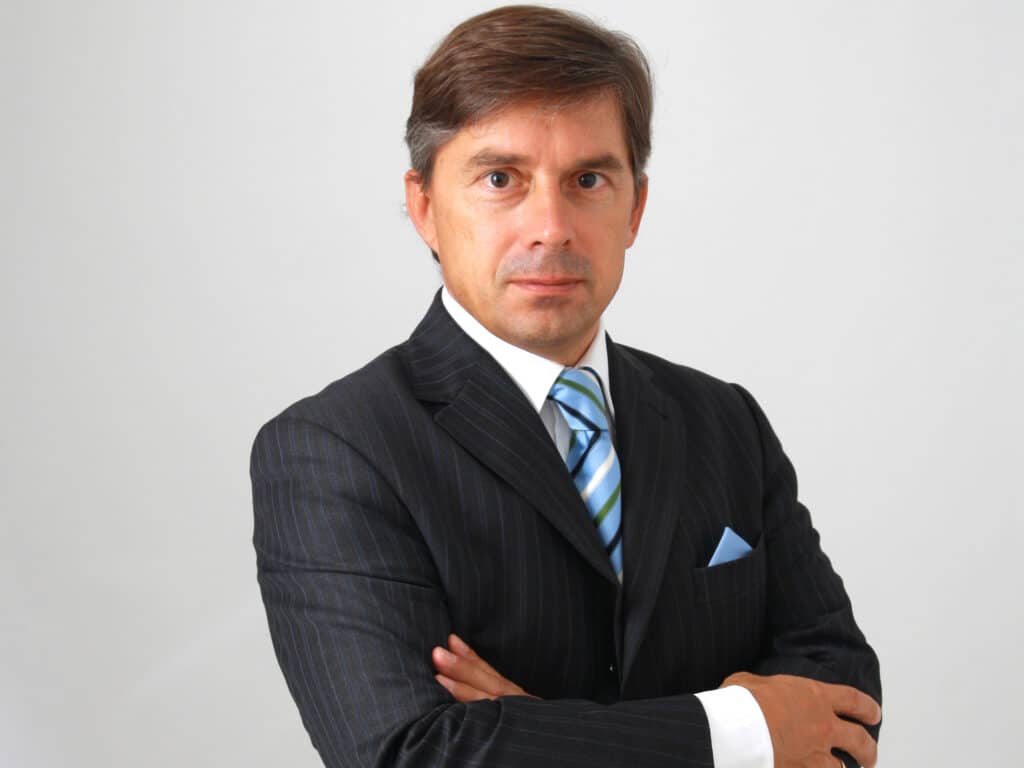
After studying automotive engineering and industrial engineering, he began his professional career in the automotive industry in the areas of sales, development and marketing and also spent a year in Japan with one of the largest automotive suppliers.
He then moved to a globally renowned premium car manufacturer, where he was responsible for product marketing in Japan and South America and for marketing strategy in North and South America.
In 1994, he decided to become self-employed and founded a personnel consultancy in Munich, where he has been driving development and expansion for over 20 years. As Managing Director, his industry focus is naturally on the automotive world as well as mechanical and plant engineering.
His doctorate in the field of aptitude diagnostics ideally rounds off his areas of expertise, particularly with regard to personnel and management consulting. The dissertation deals with the identification and verification of typical personality traits of engineers as well as the definition of development areas for a successful professional career.
These are scientifically derived and presented in the book "Eignungsdiagnostik im Praxiseinsatz".
At the same time, his focus is on the development of networks and cooperation models as well as the continuous further development of systems and processes in personnel consulting.
Over the last 20 years in personnel consulting, he has developed several brands that are still operating successfully on the market today.

